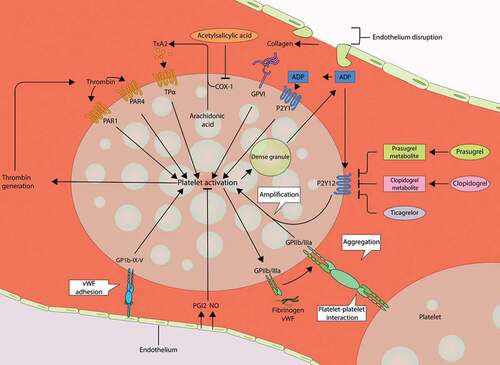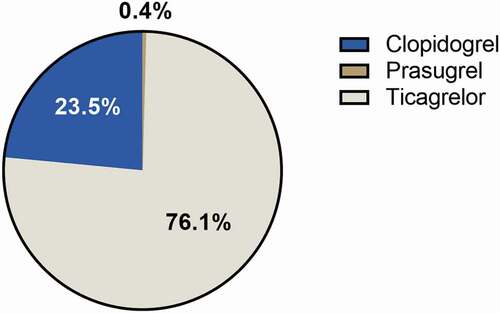Figures & data
Table 1. Pharmacological characteristics of P2Y12-inhibitors used after PCI.
Table 2. Bleeding and ischemic events in RCTs evaluating P2Y12-inhibitor monotherapy after PCI.
Table 3. Ongoing or future RCTs evaluating P2Y12-inhibitor monotherapy after PCI.


